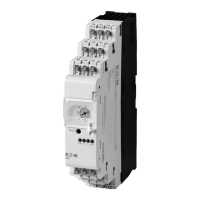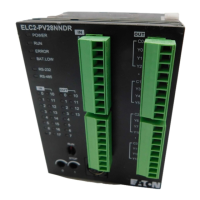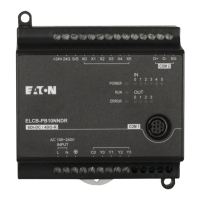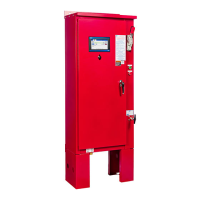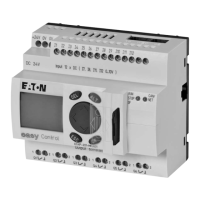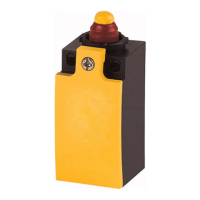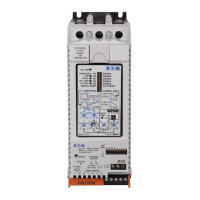Stationary contacts
Inspect the arcing tips for excessive erosion.
Inspect the contact surface for pitting and scoring.
Replace excessively worn contacts.
Moveable contacts
Inspect the contacts for adequate contact surface area.
Run the tap-changer through all positions checking for
proper alignment with stationary contacts.
Replace excessively worn contacts.
Reversing switch contacts and mechanism
Inspect contacts for wear.
Inspect mechanisms for damage.
Replace excessively worn contacts.
Stationary contact board and moveable contact arm
Inspect for build-up of carbon on surfaces; wipe off any
build-up with a rag.
Inspect for signs of arcing or heat damage.
Inspect the phenolic contact boards found on legacy
tap-changers for scratches.
Upgrade the phenolic moveable contact arm to the
polymer version for the legacy QD8 tap-changer.
Holding switch
Inspect for proper operation of the switch.
Inspect contact surfaces of holding switches on spring-
drive and direct-drive tap-changers for pitting and proper
spacing as defined in the tap-changer manual.
Position indicator drive mechanism
Check the position-indicator gears on the tap-changer for
signs of damage or loose parts.
Check the drive cable for damage and signs of corrosion.
General
Inspect for any signs of arcing between contact, contact
boards, brackets, tap-changer mechanisms, and any other
components inside the tank.
Check hardware for tightness.
Check the reactor tie-rods for tightness.
Inspect the core and coil for insulation damage and heat
damage.
Remove any loose debris.
Evaluate an insulating fluid sample and compare the
results to the requirements found in Table 5 and Table 6.
Related manuals
Review the following tap-changer manuals for additional
information on contact erosion and tap-changer
maintenance requirements:
MN225072EN, QD3 Quik-Drive Voltage Regulator
Tap-Changer Manual
MN225012EN, QD5 Quik-Drive Voltage Regulator
Tap-Changer Manual
MN225011EN, QD8 Quik-Drive Voltage Regulator
Tap-Changer Installation and Maintenance Instructions
S225-10-2, Spring-Drive and Direct-Drive Tap-Changer
Switches in VR-32 Operating, Maintenance,
Troubleshooting and Parts Replacement Instructions
Duty Cycle Monitor (DCM)
Another useful indicator of the need for inspection
and maintenance for voltage regulators equipped with
Quik-Drive tap changers is the DCM control feature.
Refer to Service Information MN225003EN, CL-7 Voltage
Regulator Control Installation, Operation, and Maintenance
Instructions, for more information on the DCM feature.
DCM will operate correctly only when a Quik-Drive
tap-changer is paired with a CL-6 or later control and the
control has been programmed with the correct design
specification number.
EVER-Tap voltage regulator
Consult the document MN225077EN (expected release
date Q4, 2020), EVER-Tap Voltage Regulator Maintenance
Instructions and the inspection recommendations below for
details on maintenance procedures.
500,000 operation inspection
Vacuum interrupter
Check the contact erosion indicator.
Bypass contacts
Inspect the contact surface for erosion.
Stationary contacts
Inspect the contact surface for pitting and scoring.
Replace excessively worn contacts.
Signs of arcing indicate a malfunctioning vacuum
interrupter or tap changer mechanism.
24
VR-32 and EVER-Tap™ Voltage Regulator
InstallatIon, operatIon, and MaIntenance InstructIons MN225008EN June 2020
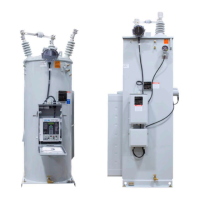
